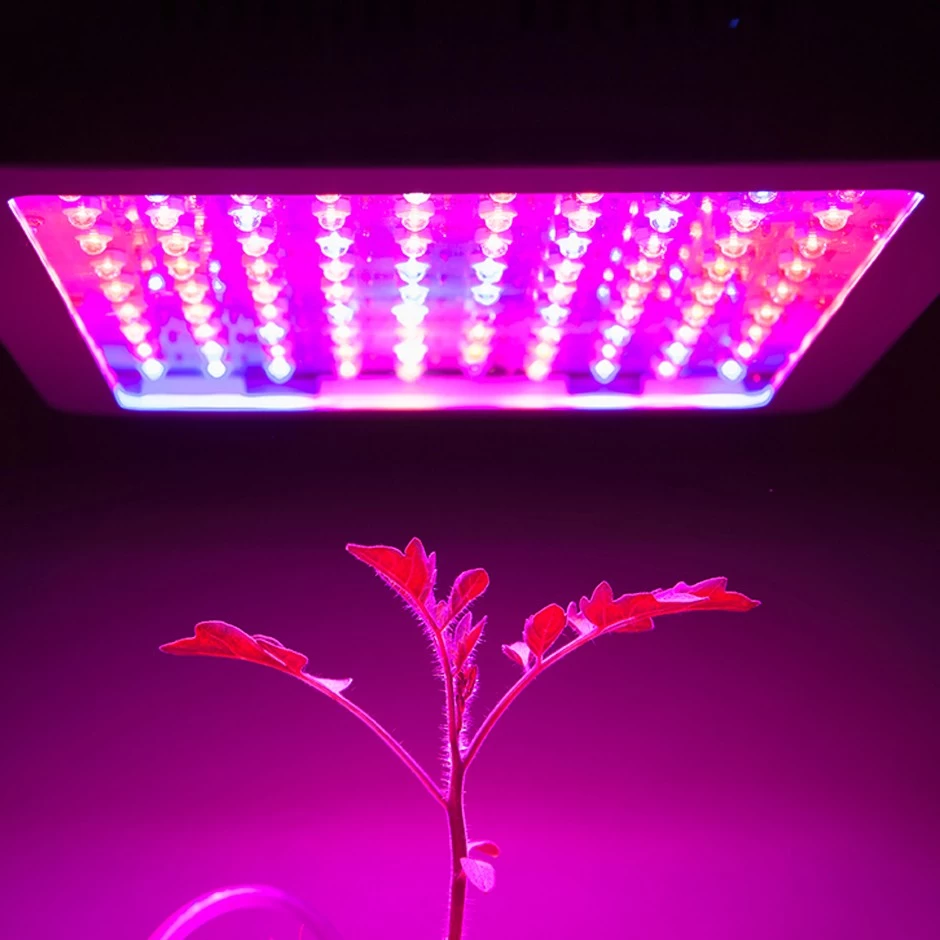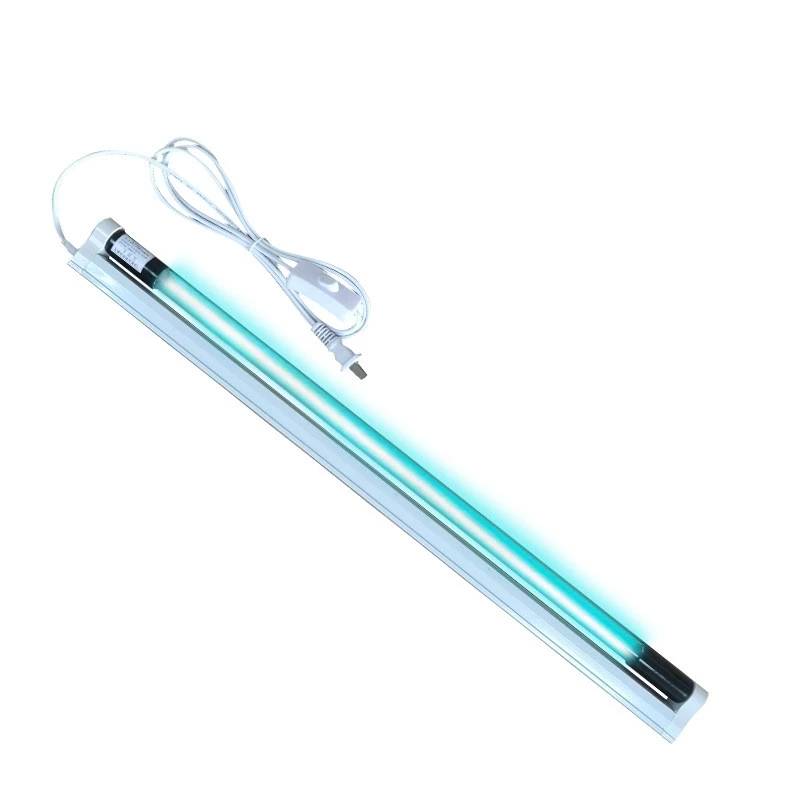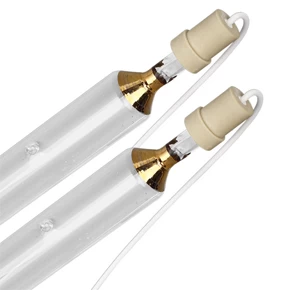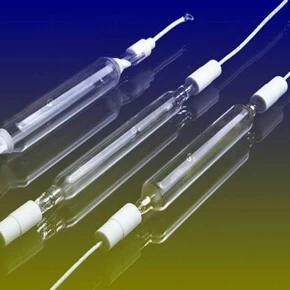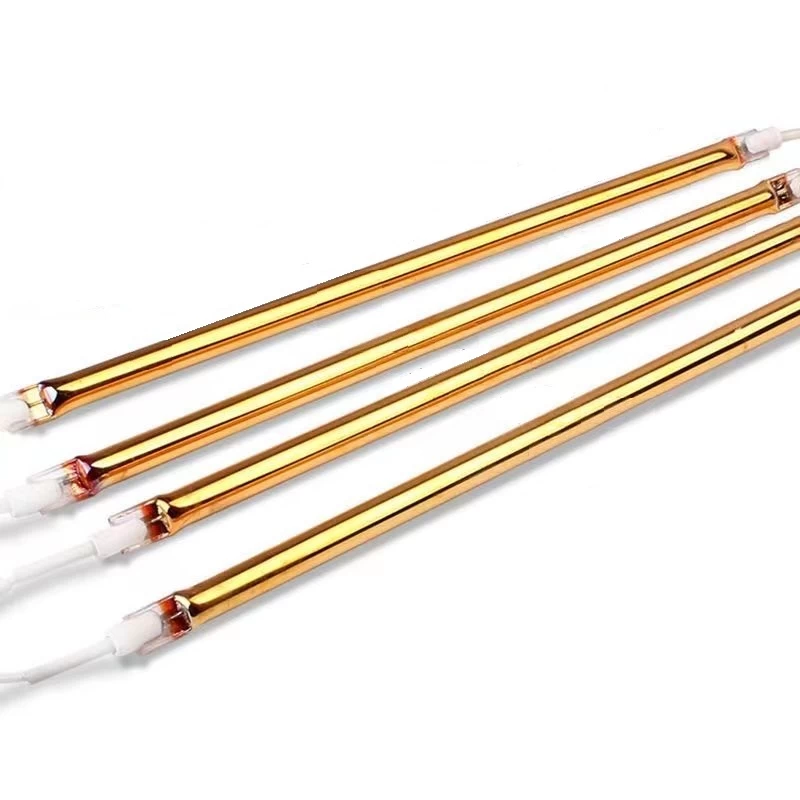How Does UV Light Kill Bacteria?
UV light has been used to kill bacteria for more than a century as now we point out when Finsen experimented with UV light 130 years ago, and then in 1877 Downes and Blunt published an article called “The Influence of Light Upon the Development of Bacteria”. UVC light emits a high-frequency, shortwave electromagnetic radiation that effectively kills bacteria, viruses and many harmful microorganisms by altering the DNA which renders the cells unable to replicate. This inactivation of the microbes causes cell death, mutations, and failure to reproduce thus rendering cells harmless.
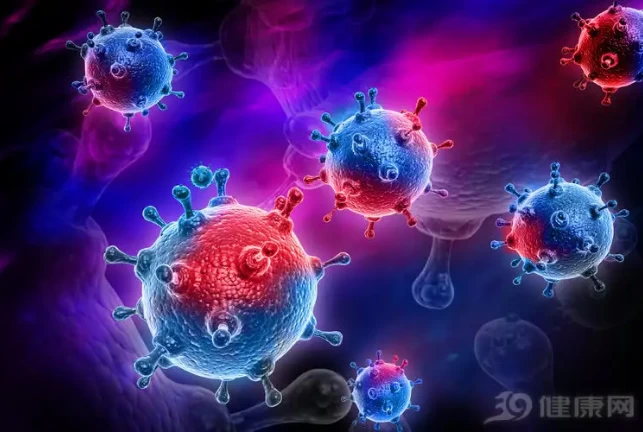
UVC radiation is highly effective at eliminating many types of bacteria including drug-resistant bacteria called superbugs, viruses including many types of flu strains, beta coronaviruses including MERS, SARS, and the SARS-CoV-2 virus that causes COVID-19. Some of the most stubborn bacteria that UVC sterilizing light is proven to eliminate include:
• MRSA (Methicillin-Resistand Staphylococcus Aureus)
• Salmonella
• ESBL-producing Escherichia coli (E. coli)Vancomycin-resistant Enterococcus faecium (VRE)
• Clostridium difficile
• Multidrug-resistant pseudomonas
• Carbapenemase-resistant Klebsiella pneumoniae (KPC)
UVC light effectively eliminates these types of bacteria and many others up to 99.99%, as reported in this study regarding the effectiveness of ultraviolet air and surface sterilization systems.
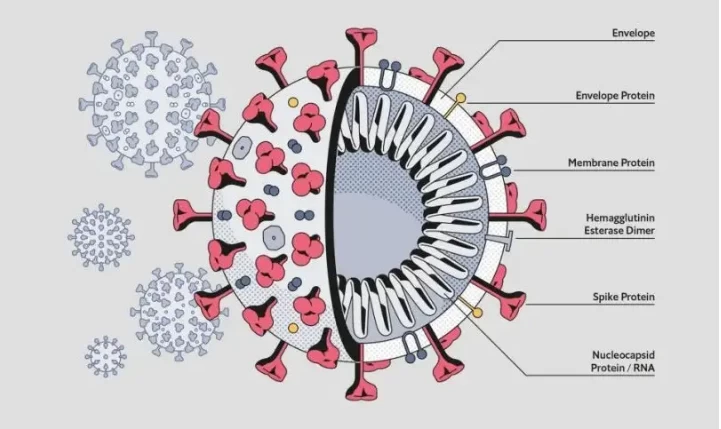
UVC germicidal lamps are used in a wide range of sterilization applications providing effective disinfection of water, surfaces, and air.
Water UV sterilization – germicidal lamps are used to kill harmful microorganisms and bacteria in water with UVC radiation in many environments including pools and spas, wastewater treatment, drinking water, aquaculture, ballast water treatment for ships and many other types of water sterilization needs. UV lamps are one of the most effective water sterilization methods and are proven to inactivate pathogens such as Cryptosporidium and Giardia, which chlorine is unable to treat.
Surface UV sterilization – UVC lamps are used to disinfect and sterilize surfaces in many industries and applications including hospitals, restaurants, schools, commercial and industrial properties and public places.
Hospitals – UVC lamps sterilize surgical equipment, operating rooms, patient rooms, patient beds, surfaces, restrooms, and many other surfaces. According to a study published by Duke University, UV light can help hospitals cut transmission of four major drug resistant superbugs. Hospital acquired infections are common when patients stay overnight in a room known to have had a positive culture of a drug-resistant infection from a previous patient.
Restaurants – UVC lamps sterilize tables people eat on, kitchen counter surfaces, kitchen exhaust fans, walk-in freezers to prevent mold, over delis and in refrigerators.
Food Irradiation – UV germicidal irradiation, UVGI, is highly effective at preserving food and killing foodborne illnesses including E. Coli and Salmonella.
Air – UV air purification efficiently disinfects and sterilizes air without the use of hazardous waste or byproducts. UV lamps are used in air purification systems such as upper room UVGI systems, in HVAC systems sterilizing furnaces and air conditioning units. UVC lamps for air purification eliminate airborne viruses as the air flows in front of the UVC radiation and they also prevent the buildup of mold and mildew inside air condenser units which commonly occurs in these dark, damp places. UV air purification provides cleaner and healthier air for everyone to breathe in any environment whether residential, commercial, or industrial. Eliminating airborne microorganisms and foul odors including volatile organic compounds (VOCs) such as sulfides, mercaptans and ammonia improves indoor air quality for all.


